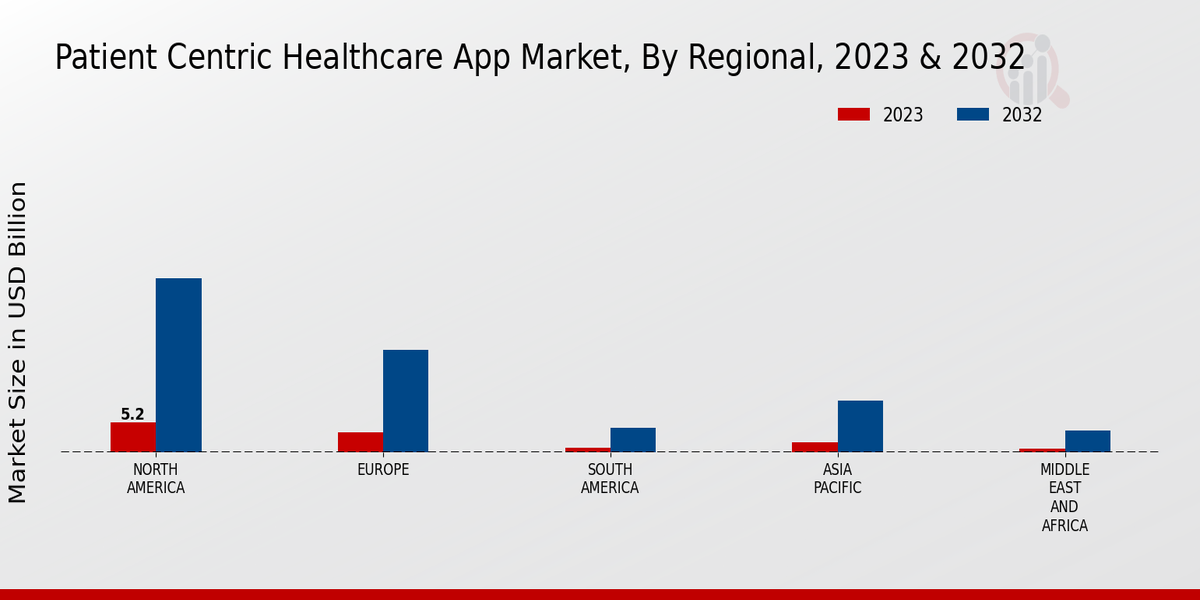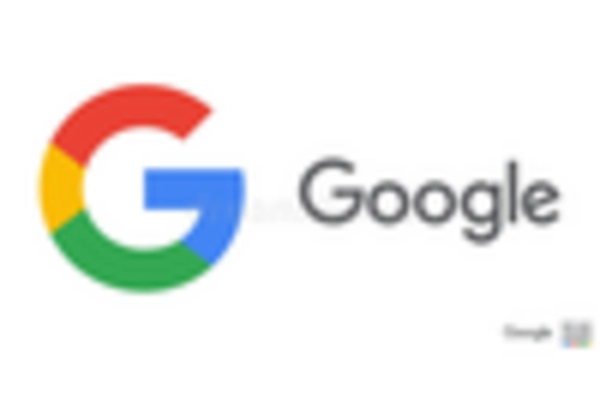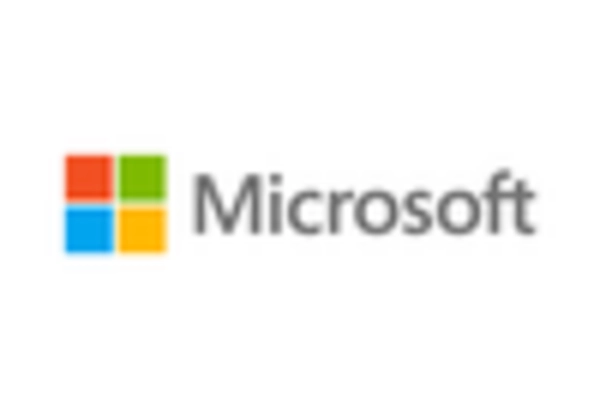Rising Demand for Patient Engagement
The Patient-Centric Healthcare App Market is witnessing a notable increase in demand for patient engagement solutions. Patients are increasingly seeking tools that empower them to take control of their health. This trend is reflected in the growing number of healthcare apps designed to facilitate communication between patients and providers. According to recent data, approximately 70 percent of patients express a desire for more involvement in their healthcare decisions. This shift towards patient engagement is likely to drive innovation within the Patient-Centric Healthcare App Market, as developers strive to create applications that enhance user experience and foster active participation in health management.
Growing Focus on Preventive Healthcare
The Patient-Centric Healthcare App Market is increasingly influenced by a growing focus on preventive healthcare. As healthcare systems shift from reactive to proactive approaches, there is a rising demand for applications that promote health maintenance and disease prevention. Patients are now more inclined to utilize apps that provide educational resources, health tracking, and lifestyle management tools. This trend is supported by data indicating that preventive care can reduce healthcare costs by up to 30 percent. Consequently, the emphasis on preventive healthcare is expected to propel the development of innovative patient-centric applications that cater to this emerging need.
Increased Health Awareness Among Consumers
Increased health awareness among consumers is a critical driver of the Patient-Centric Healthcare App Market. As individuals become more informed about health issues and the importance of self-care, there is a growing inclination to utilize healthcare applications that provide valuable insights and resources. Surveys indicate that over 60 percent of consumers actively seek health information online, which underscores the demand for accessible and reliable health apps. This heightened awareness is likely to stimulate the development of patient-centric applications that cater to the diverse needs of health-conscious individuals, thereby expanding the market.
Technological Advancements in Mobile Health
Technological advancements are playing a pivotal role in shaping the Patient-Centric Healthcare App Market. The proliferation of smartphones and wearable devices has enabled the development of sophisticated health applications that monitor various health metrics. For instance, the integration of artificial intelligence and machine learning in healthcare apps allows for personalized health recommendations and predictive analytics. As of 2025, it is estimated that the mobile health app market will reach a valuation of over 100 billion dollars, indicating a robust growth trajectory. This technological evolution is likely to enhance the functionality and appeal of patient-centric applications, thereby attracting a broader user base.
Regulatory Support for Digital Health Solutions
Regulatory support is emerging as a significant driver for the Patient-Centric Healthcare App Market. Governments and health authorities are increasingly recognizing the importance of digital health solutions in improving healthcare delivery. Initiatives aimed at promoting telehealth and digital health technologies are being implemented, which may enhance the adoption of patient-centric applications. For instance, recent policies have streamlined the approval process for health apps, encouraging developers to innovate. This supportive regulatory environment is likely to foster growth within the Patient-Centric Healthcare App Market, as more stakeholders are incentivized to invest in digital health solutions.


















Leave a Comment